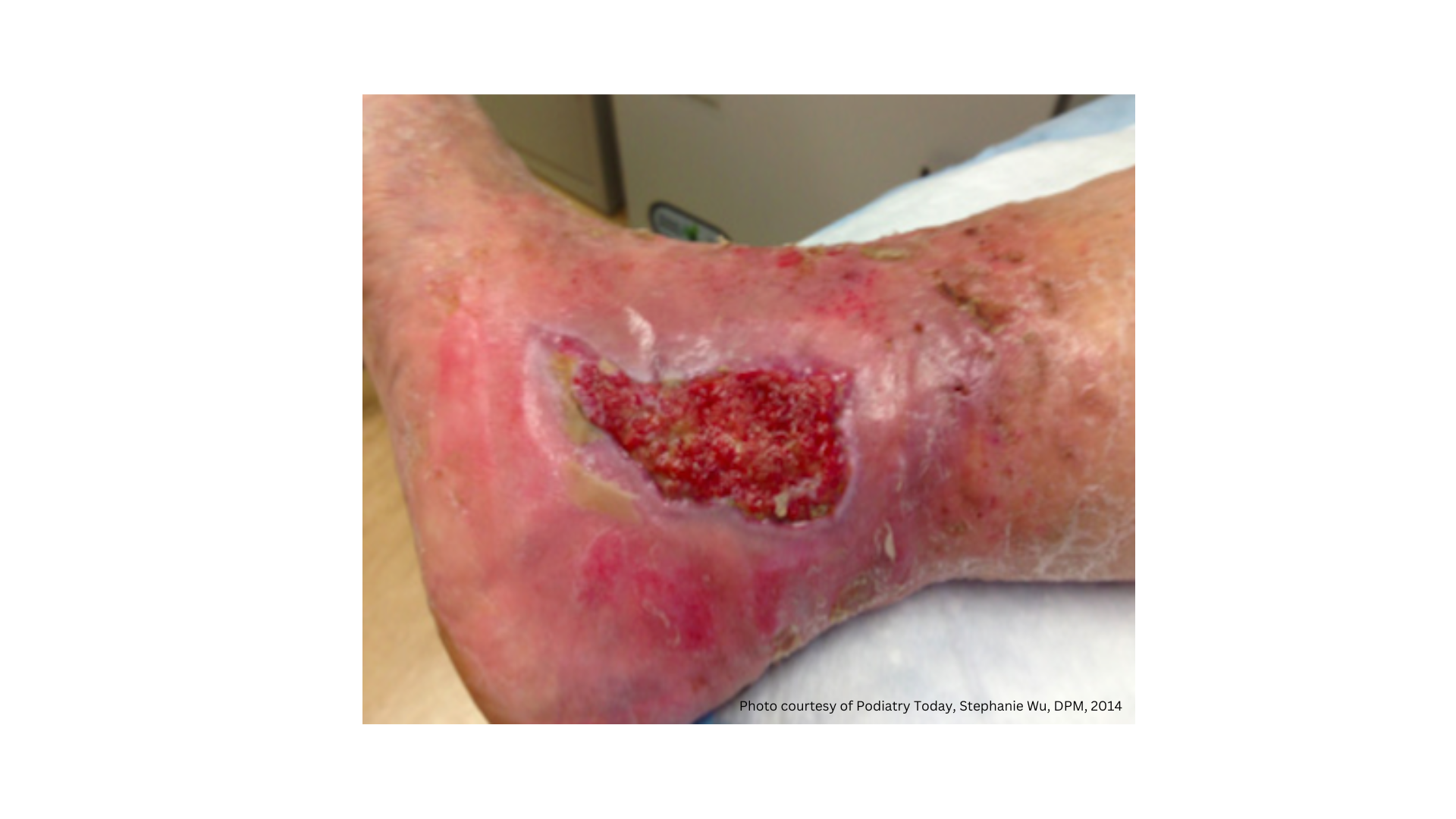How to Identify Bias in Wound Care Clinical Research
July 10, 2014
By Michel H.E. Hermans, MD
Merriam Webster defines bias as "selecting or encouraging one outcome or answer over others." The Cochrane handbook states: "The reliability of the results of a randomized trial depends on the extent to which potential sources of bias have been avoided."
When designing a trial or even animal research, avoiding bias is difficult. In fact, it may be introduced unknowingly or deliberately.
Bias from Inclusion and Exclusion Criteria
Some obvious sources for bias are inclusion and exclusion criteria used in defining a study population. Exclusion of certain diseases or conditions, by definition, means that results are only valid for the study population and not for society at large or even all patients with the primary condition studied. Inclusion criteria may also contribute to bias. In some wound care studies, patients with acute wounds are combined with those with ulcers. Depending on the type of acute wound, healing will occur much more frequently and quicker and, when all "healing numbers" are taken together the averages and means may be artificially low for the entire study population.
Bias from Outcome Criteria
Bias may also be introduced when judging outcomes. Many adhesive dressings leave somewhat of an imprint after removal and certain creams (i.e. silversulfadiazine, creating a pseudo eschar) cannot be completely removed. Thus, true judging of many of the typical wound characteristics will be difficult, even when the observer is blinded and not one of the investigators.
Bias from Withdrawal from the Trial
Another type of bias may occur when patients are withdrawn during a trial. A study subject missing a number of visits to the clinic is a good reason for withdrawal but perhaps this is a sign of lower compliance per se which also may have been the case while the subject was in the study (i.e. he or she did not wear compression in a venous leg ulcer study or did not off-load in a diabetic foot ulcer). This, in itself, has an influence on overall data and results.
Bias in Result Reporting
Bias in the reporting of results occurs when certain unfavorable outcomes are left out of articles and reports. This is one of the more serious forms of bias since an objective judgement of efficacy versus side effects, for example, is impossible to make without knowing all the data.
These different types of bias are well recognized and understood and, therefore, in principle can be avoided. However, some forms of bias are unexpected. In a recent report (Nature Methods, 2014, 11, 629-632), it was shown that the gender of the researcher has an influence on outcomes in research in rats. Rats and mice that were in a room with a man, or even presented with a T-shirt worn by a man, had a high peak in corticosterone levels. This hormone has some analgesic properties and the rodent showed less response to pain. No such reaction was shown to a woman.
While research into "rodents' biased physiology" may present us with additional surprises, as researchers, journal readers and conference visitors, we constantly must be on the lookout for biased results. At least in human studies we should be able to identify and avoid them as much as possible, both when conducting and reporting research as well as when learning about the results.
About the Author
Michel H.E. Hermans, MD, is an expert in wound care and related topics, trained in general surgery, trauma care and burn care in the Netherlands. He has more than 25 years of senior management experience in the wound care industry. He has conducted a large number of clinical trials relating to devices and drugs aimed at wound care and related indications and diseases. Dr. Hermans speaks internationally and has authored many published works relating to wound management.
The views and opinions expressed in this blog are solely those of the author, and do not represent the views of WoundSource, Kestrel Health Information, Inc., its affiliates, or subsidiary companies.
The views and opinions expressed in this content are solely those of the contributor, and do not represent the views of WoundSource, HMP Global, its affiliates, or subsidiary companies.







